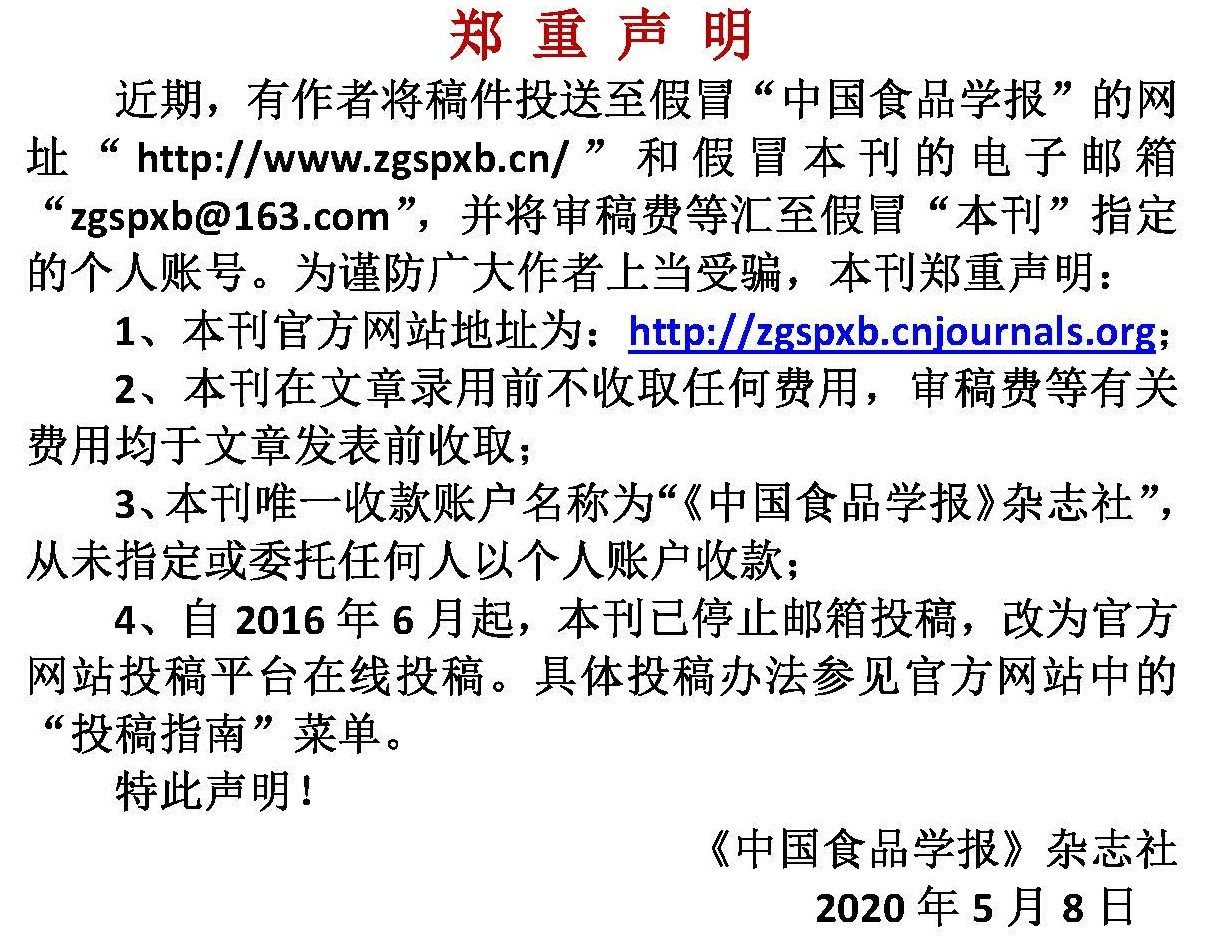基于PacBio SMRT技术的婴幼儿配方奶粉微生物安全性评价
作者:
作者单位:
作者简介:
通讯作者:
中图分类号:
基金项目:
国家自然科学基金优秀青年科学基金项目(31622043)
Evaluation of Microbial Safety in Infant Formula Based on PacBio SMRT Sequencing
Author:
Affiliation:
Fund Project:
引用本文
边燕飞;席晓霞;郑艺;侯强川;孙天松;孙志宏;.基于PacBio SMRT技术的婴幼儿配方奶粉微生物安全性评价[J].中国食品学报,2019,19(10):212-220
复制分享
文章指标
- 点击次数:
- 下载次数:
- HTML阅读次数:
历史
- 收稿日期:
- 最后修改日期:
- 录用日期:
- 在线发布日期: 2019-11-21
- 出版日期:
文章二维码

版权所有 :《中国食品学报》杂志社 京ICP备09084417号-4
地址 :北京市海淀区阜成路北三街8号9层 邮政编码 :100048
电话 :010-65223596 65265375 电子邮箱 :chinaspxb@vip.163.com
技术支持:北京勤云科技发展有限公司
地址 :北京市海淀区阜成路北三街8号9层 邮政编码 :100048
电话 :010-65223596 65265375 电子邮箱 :chinaspxb@vip.163.com
技术支持:北京勤云科技发展有限公司
